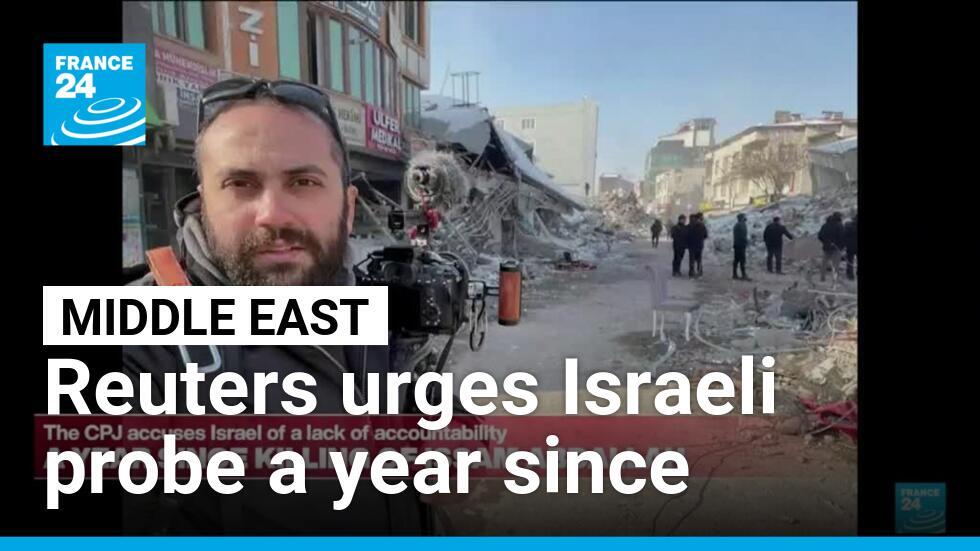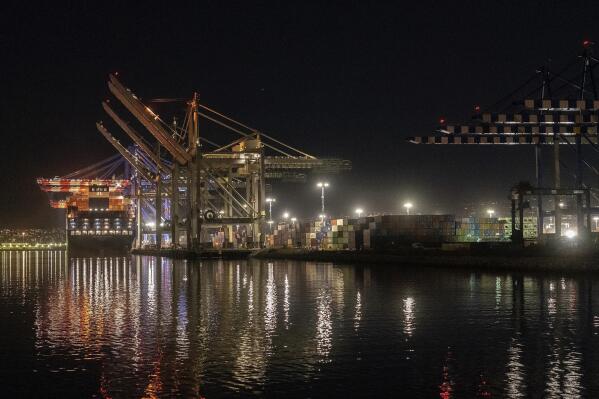ByDr. Tim Sandle
DIGOTAL JPRNAL
October 12, 2024

House-related home-building works. — image by © Tim Sandle.
Are you a homeowner? If not, your chances of doing so will probably relate to your age and where in the world you reside, according to new data.
For those electing to purchase property the ability to do so in terms of costs and availability vary worldwide. The age at which a person can enter the property market also varies between countries.
To explore these themes, a new study conducted by Deluxe Holiday Homes analysed 30 countries to identify the ones with the youngest homeowners. The final ranking is made based on the average age of first-time homebuyers and the study adds average net salary, house price per square meter and homeownership rates to give a wider context. All data was collected from open sources such as reports by Numbeo and housing governmental censuses.
The new study identified Indonesia as the country with the youngest homeowners, where the average age of a first-time buyer is 26. In contrast to this affordability, Austria has the highest average prices for city centre homes at $6,796 per square meter.
Other data of interest is with disposable income. On this measure Norway stands out as a country with the highest net salary at $3,381.
The data summary shows:
| Country | Average age of a first-time buyer | Average net salary | Average house price per sq m city center | Average house price per sq m outside city center | Average house price per sq m | Homeownership rate |
| Indonesia | 26 | 316.30$ | 1,438.68$ | 760.22$ | 1,099.45$ | 84 |
| Italy | 27 | 1,720.39$ | 4,241.08$ | 2,639.47$ | 3,440.28$ | 73.7 |
| France | 27.5 | 2,525.56$ | 6,594.61$ | 4,633.43$ | 5,614.02$ | 64.7 |
| Norway | 28 | 3,381.04$ | 6,297.65$ | 4,358.43$ | 5,328.04$ | 80.3 |
| Vietnam | 28.5 | 440.05$ | 2,601.61$ | 1,430.95$ | 2,016.28$ | 88.1 |
| Finland | 28.8 | 2,799.21$ | 5,699.85$ | 3,679.05$ | 4,689.45$ | 69.5 |
| Malaysia | 29.5 | 879.93$ | 1,852.01$ | 1,035.85$ | 1,443.93$ | 76.9 |
| India | 30 | 642.53$ | 1,828.15$ | 1,000.37$ | 1,414.26$ | 86.6 |
| Thailand | 30 | 538.58$ | 3,735.47$ | 1,991.38$ | 2,863.43$ | 80 |
| Belgium | 30 | 2,594.93$ | 3,968.87$ | 3,140.26$ | 3,554.57$ | 72.5 |
| Austria | 31 | 2,615.49$ | 6,796.98$ | 4,944.04$ | 5,870.51$ | 51.4 |
| United Arab Emirates | 32 | 3,475.38$ | 3,824.30$ | 2,608.63$ | 3,216.47$ | 28 |
Read more: https://www.digitaljournal.com/life/age-and-the-likelihood-of-home-ownership-survey-reveals-global-variations/article#ixzz8oXs2rISz
As well as having young homeowners (by average) Indonesia has the smallest average salary and it also has the cheapest housing prices, giving young people an opportunity to buy a home. The average price per square meter in Indonesia is $1,099.
Italy takes the second place in the ranking of the countries with the youngest homeowners, with people buying houses for the first time at 27. The average home price here is three times higher than in Indonesia at $3,440 per square meter but the housing market is larger.
France follows closely in third place as the country where people become first-time homeowners at 27.5 years on average. Prices for French houses are among the highest in the ranking and the cost per square meter outside city center is higher than for the city center houses in Italy, $4,633 and $4,241 respectively.
Norway ranks fourth with people getting their first home at 28 on average. The prices per square meter are comparable with France but most people already own a home in Norway with 80.3 percent.
Vietnam is fifth in the ranking of the countries with the youngest homeowners, where the average age of the first-time buyers is 28.5 years. Vietnam has the highest homeownership rate in the list, with 88.1 percent of the population owning a home. The average cost of the house is much cheaper than in the European countries with $2,016 per square meter.






